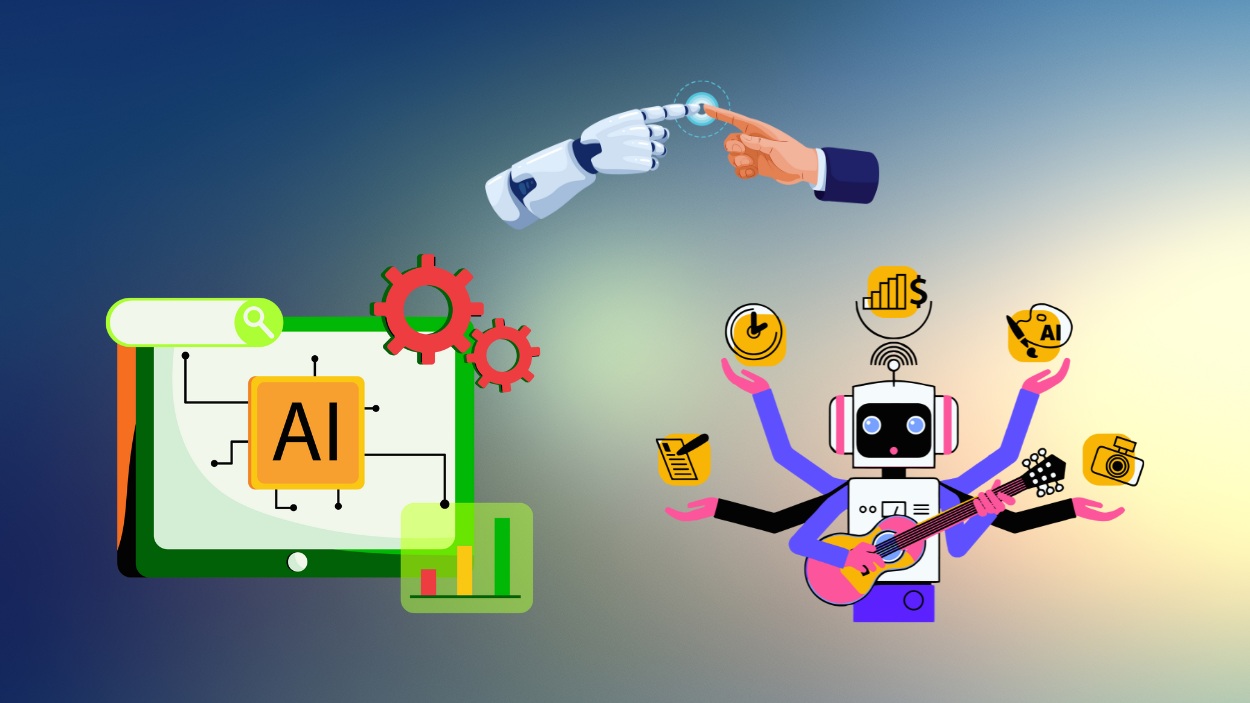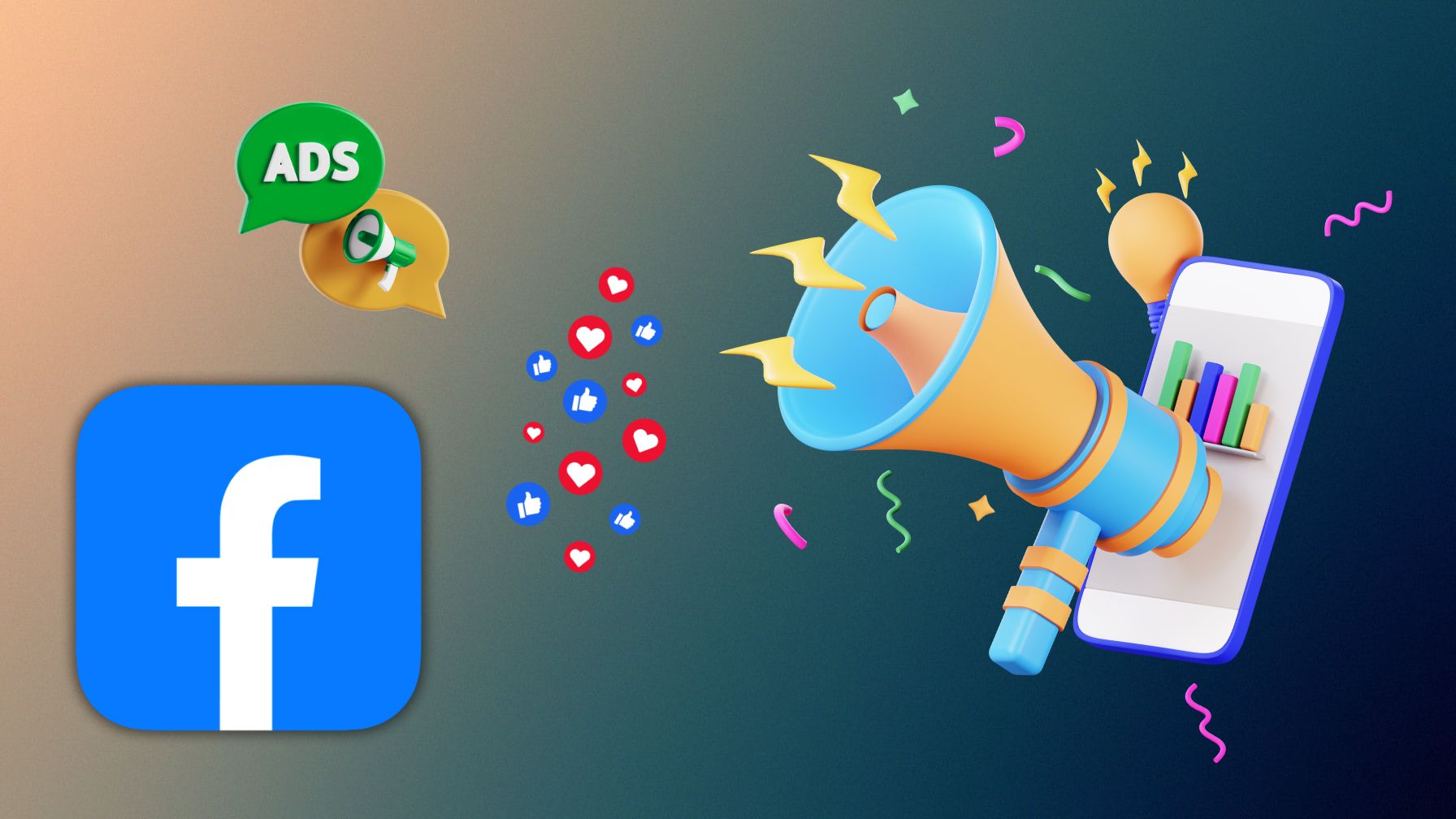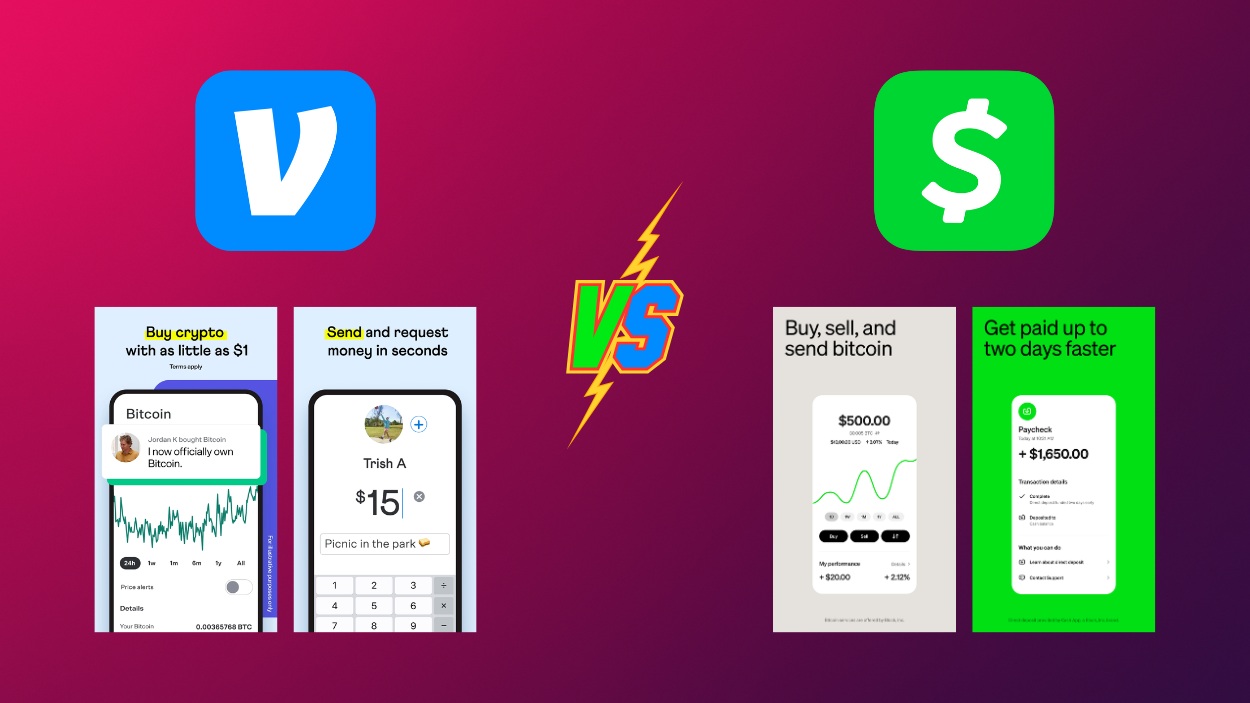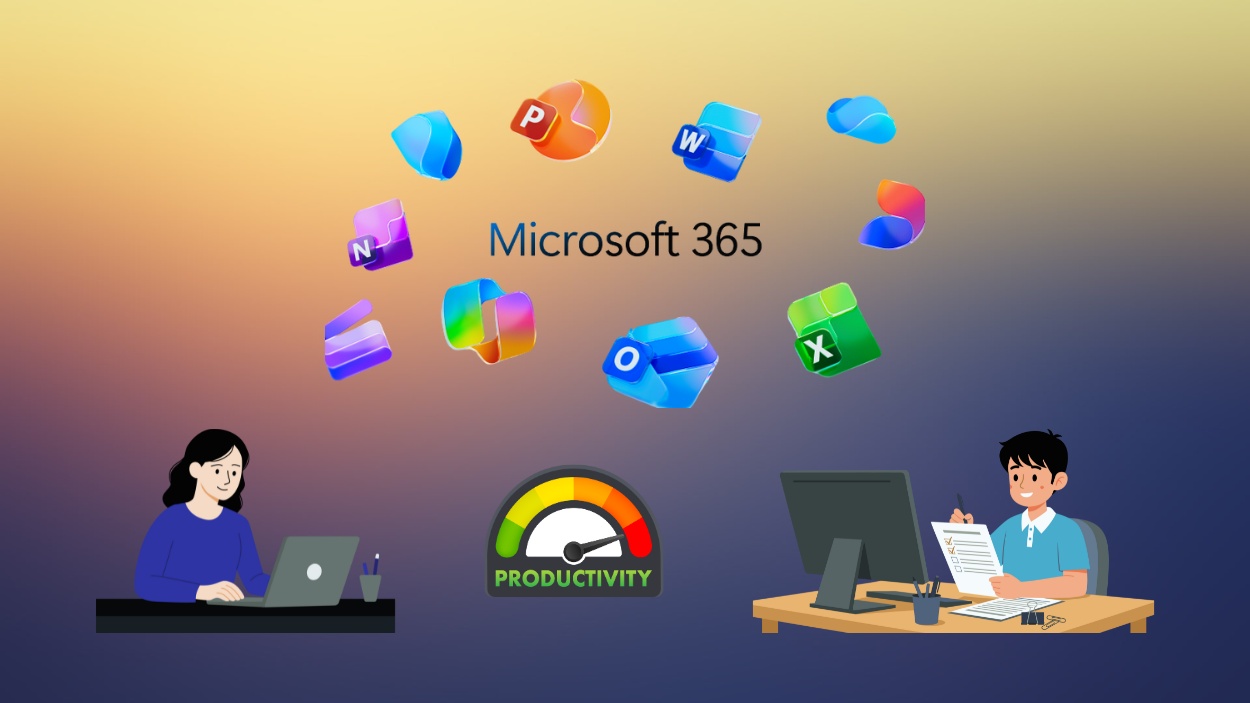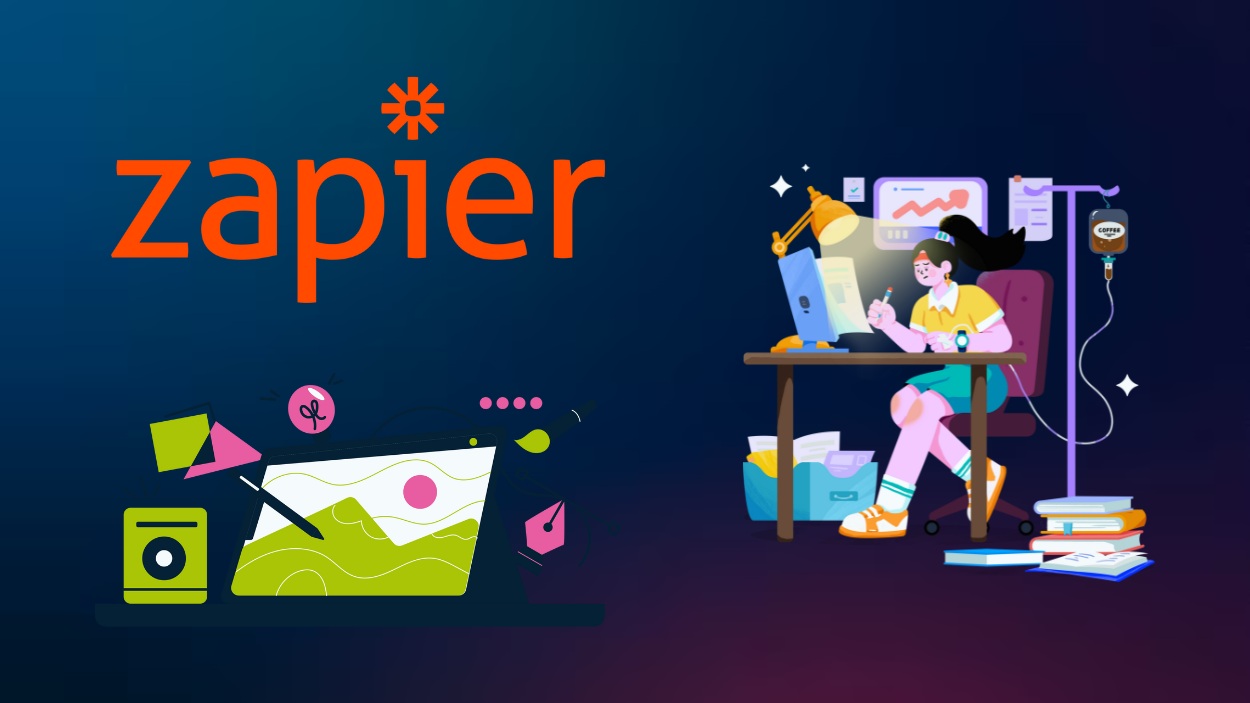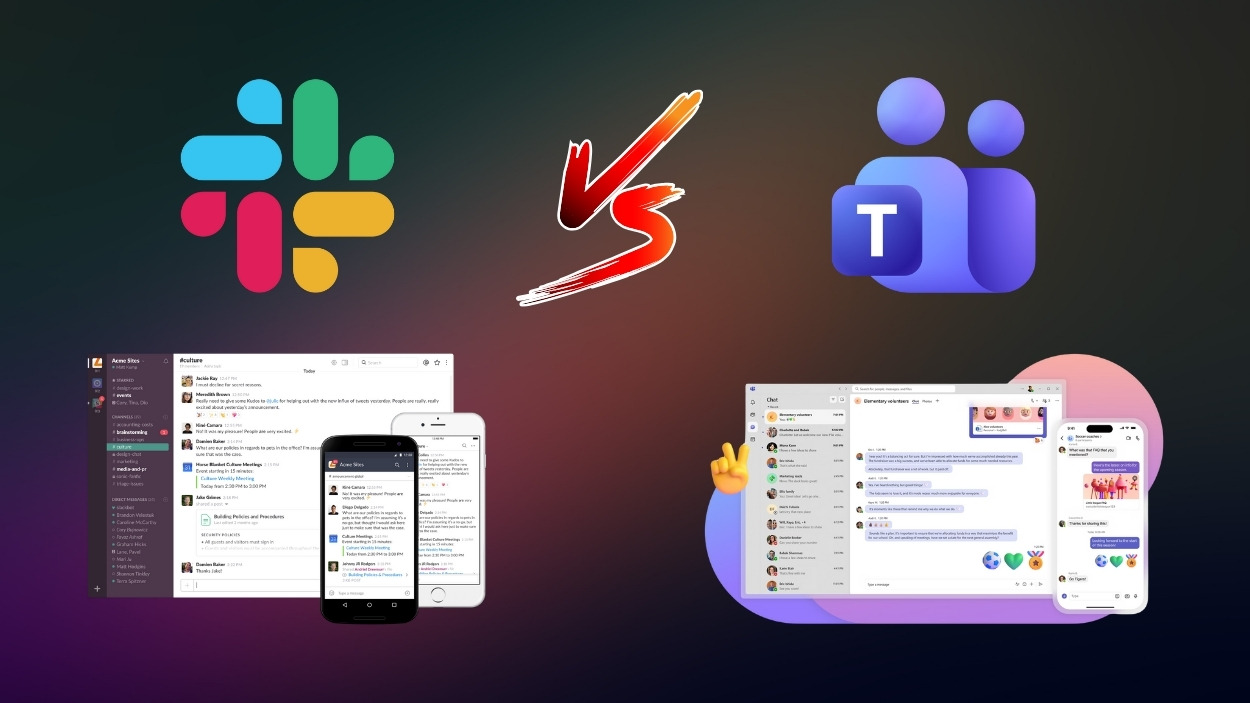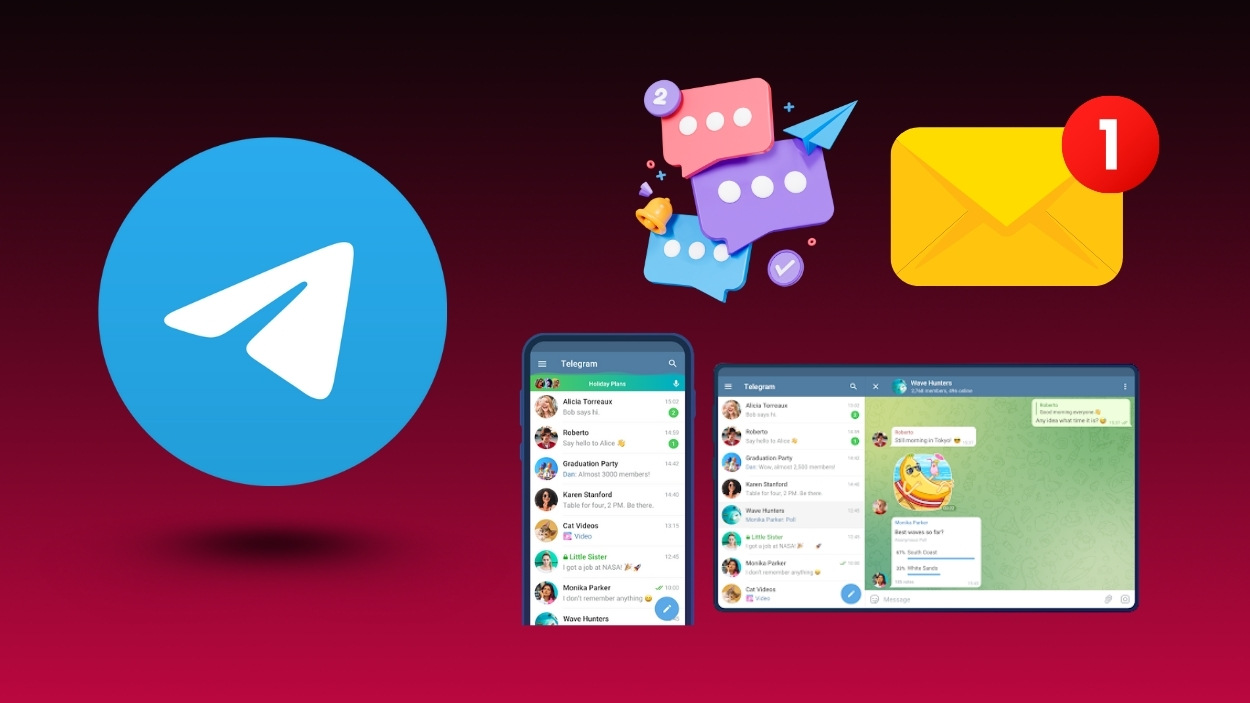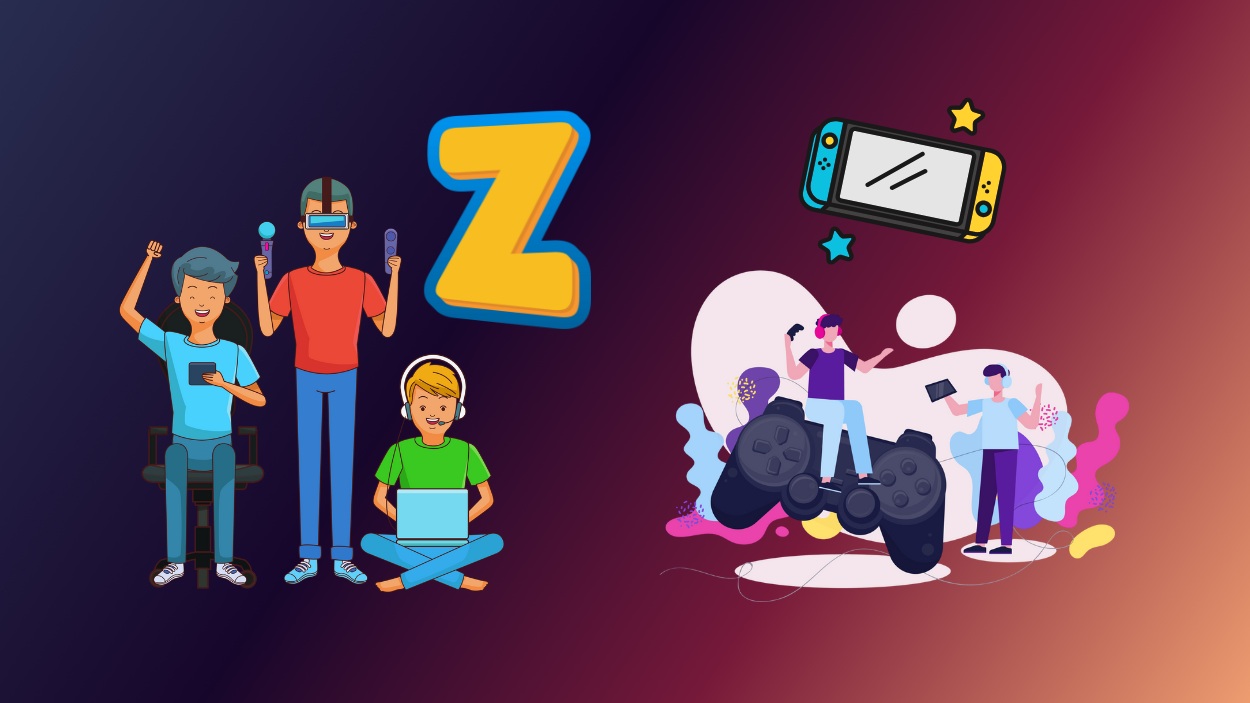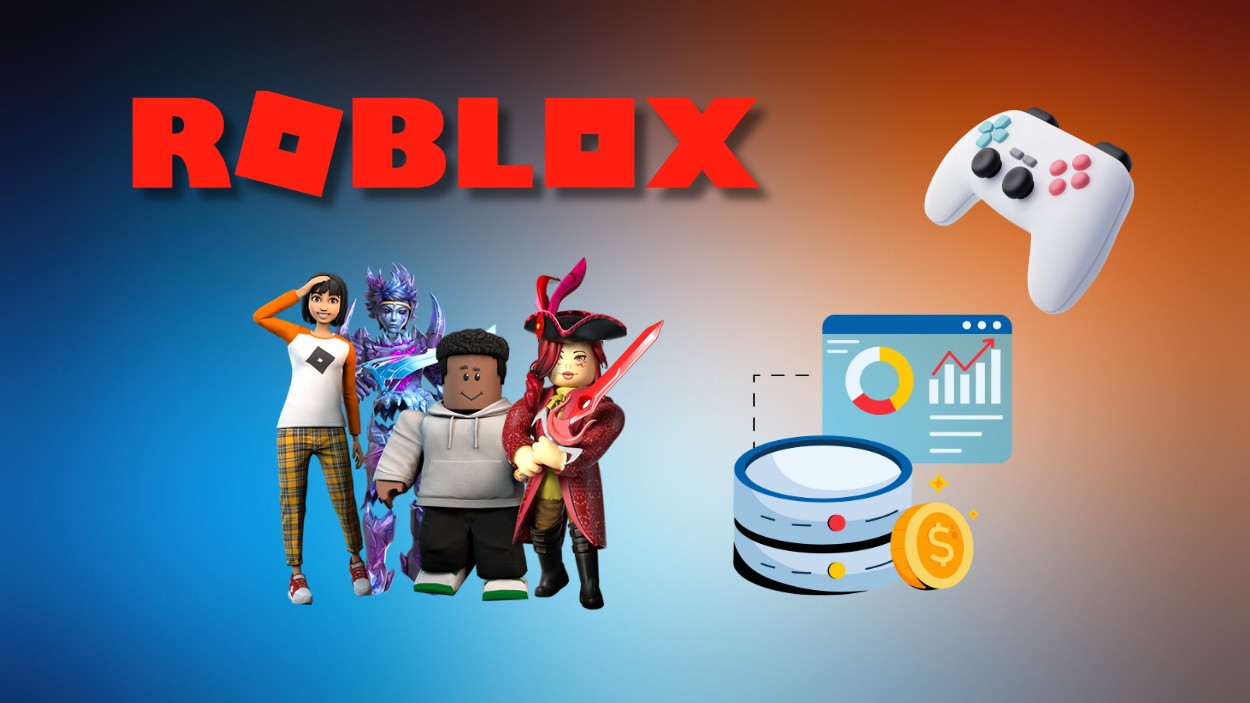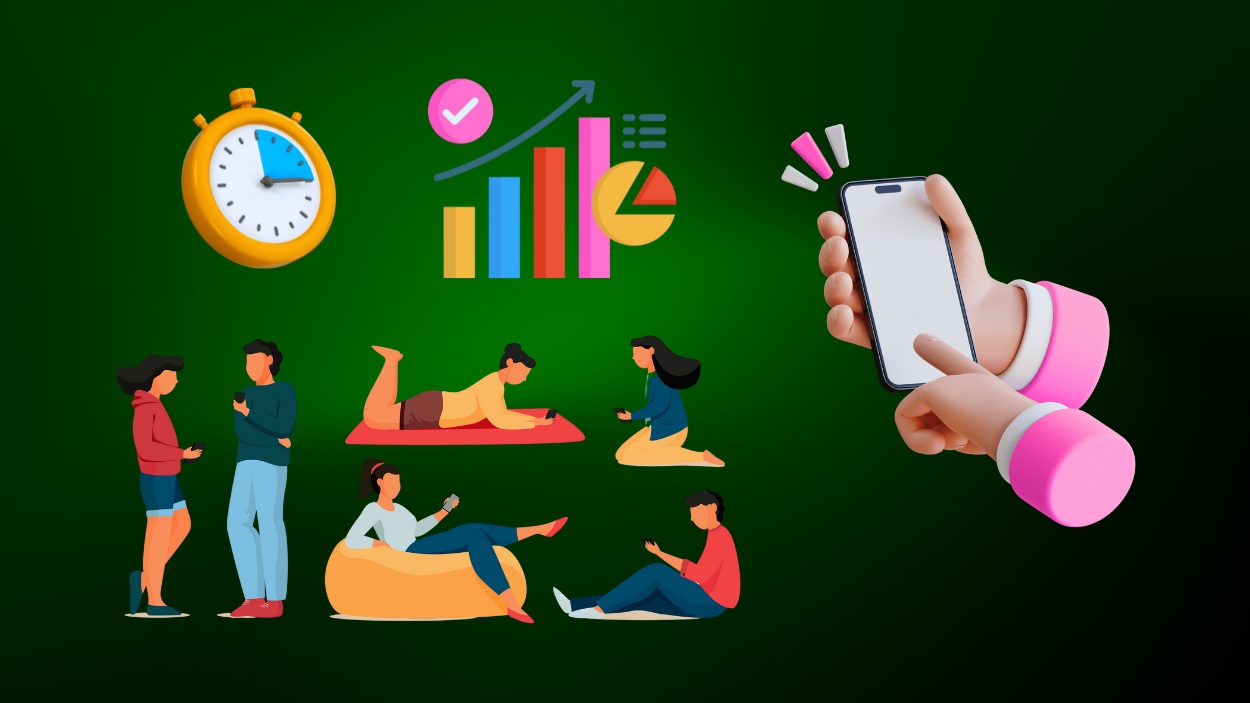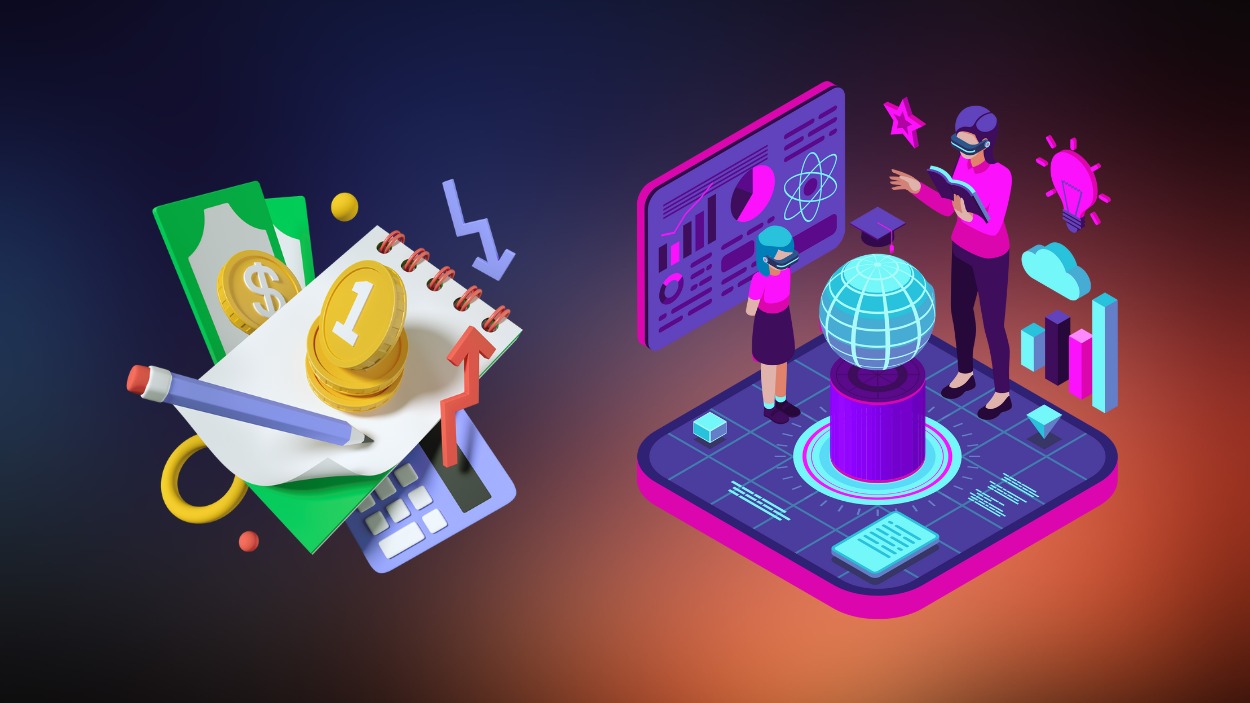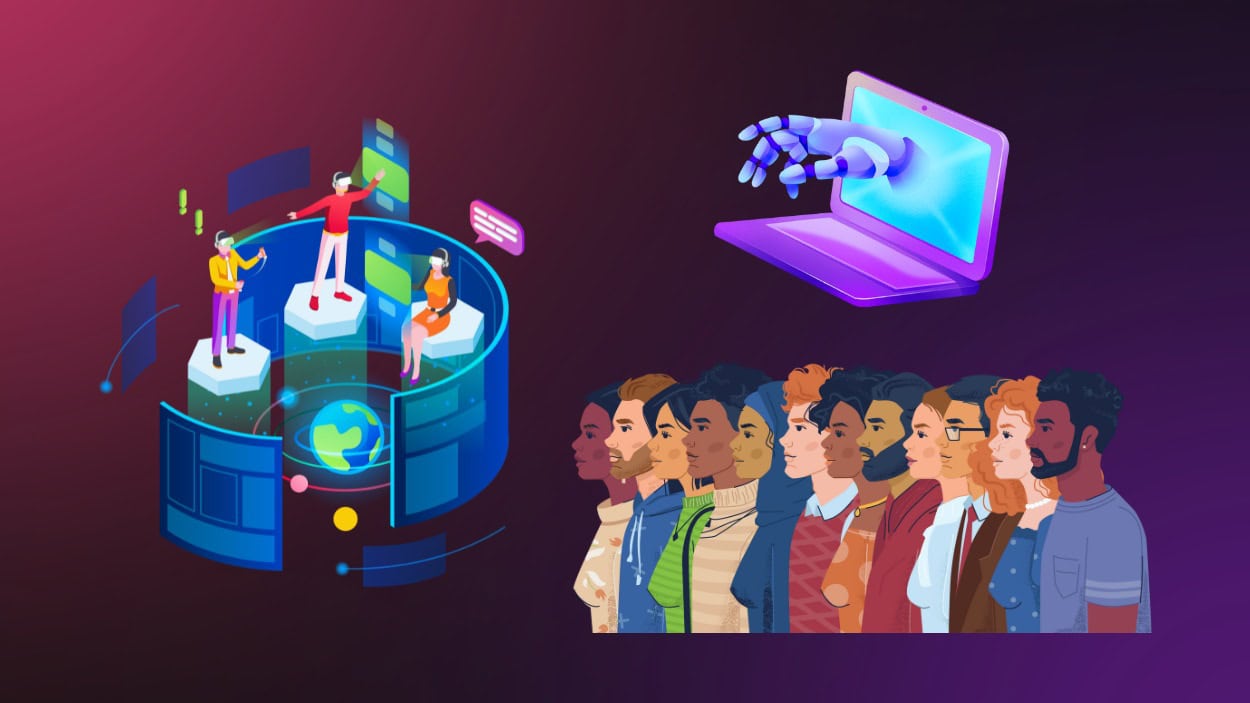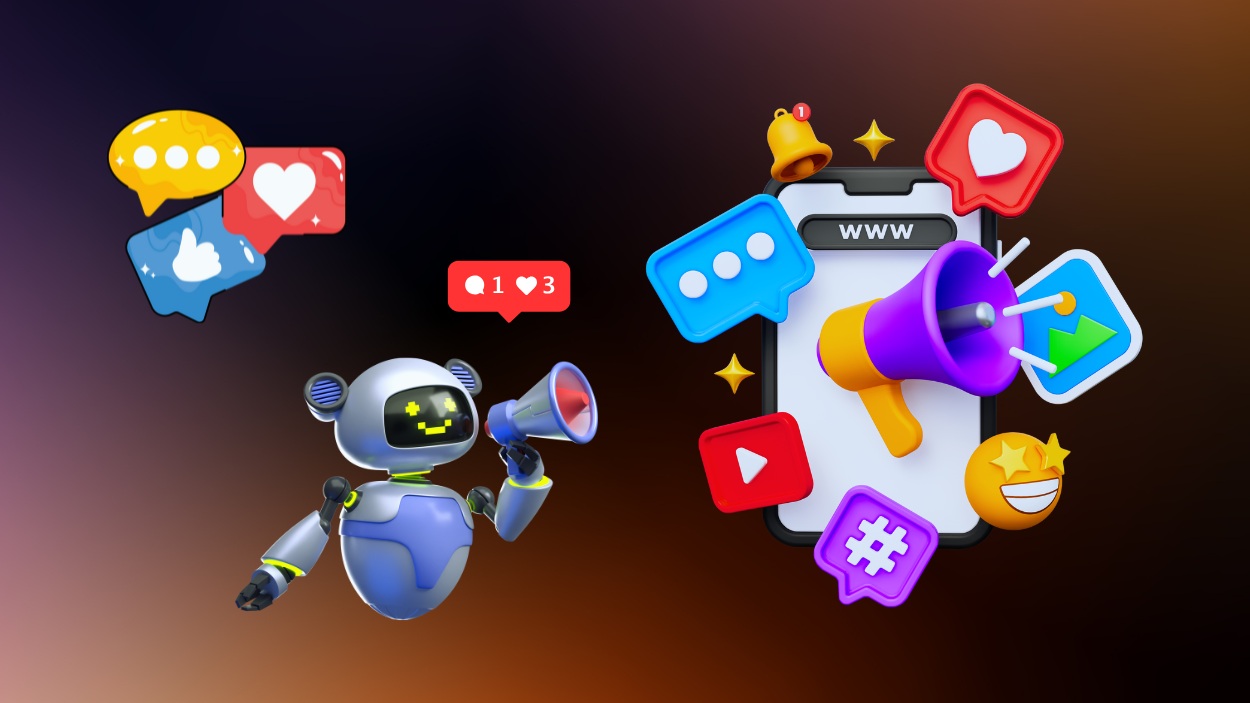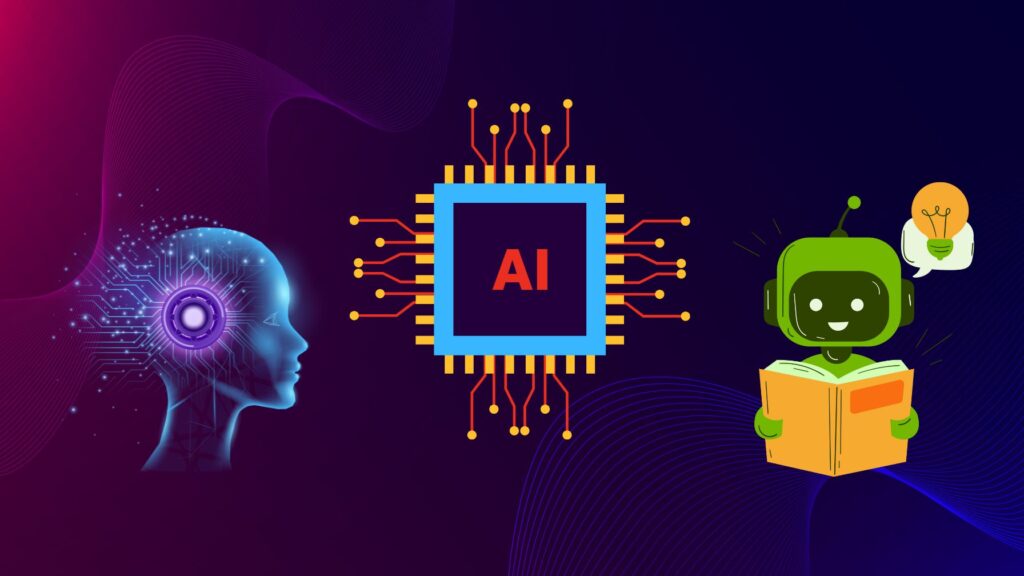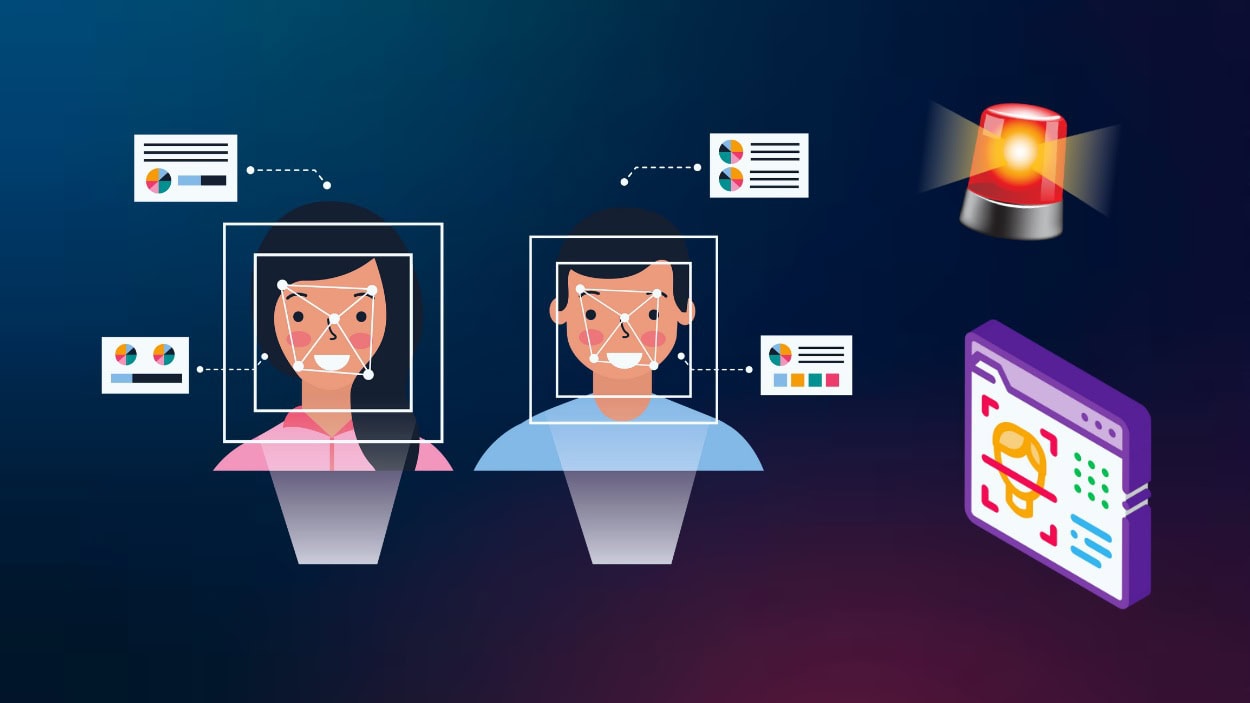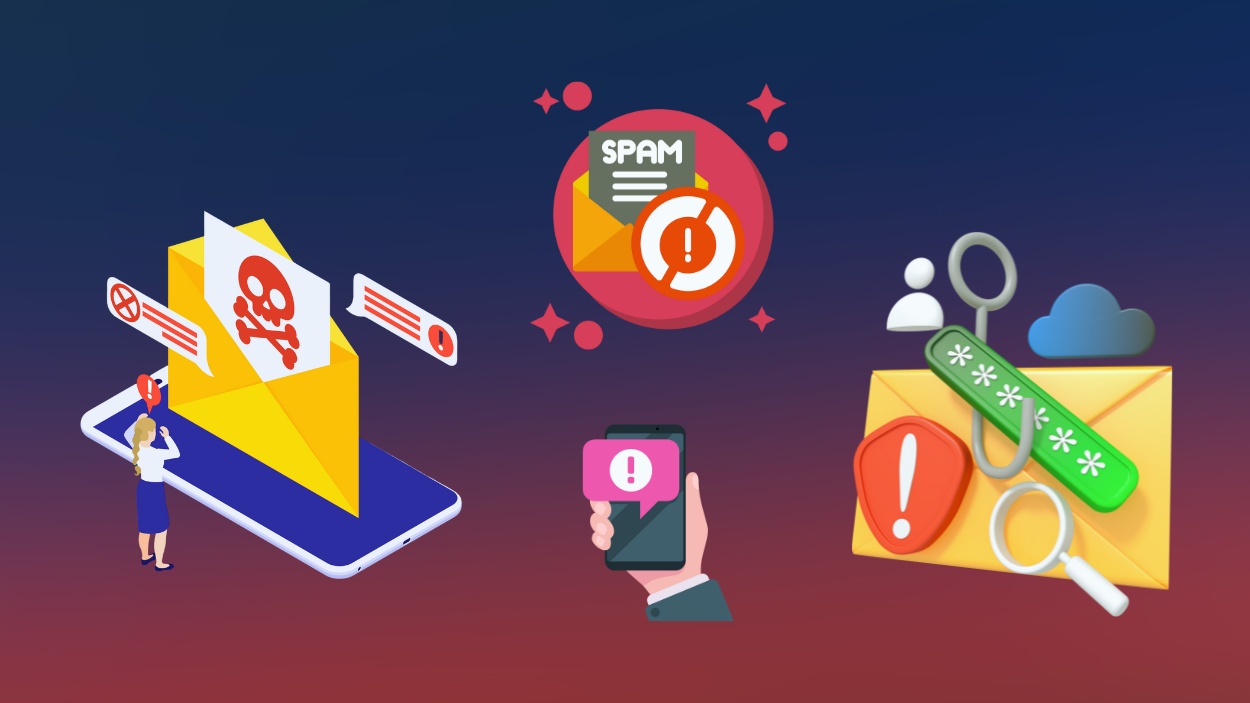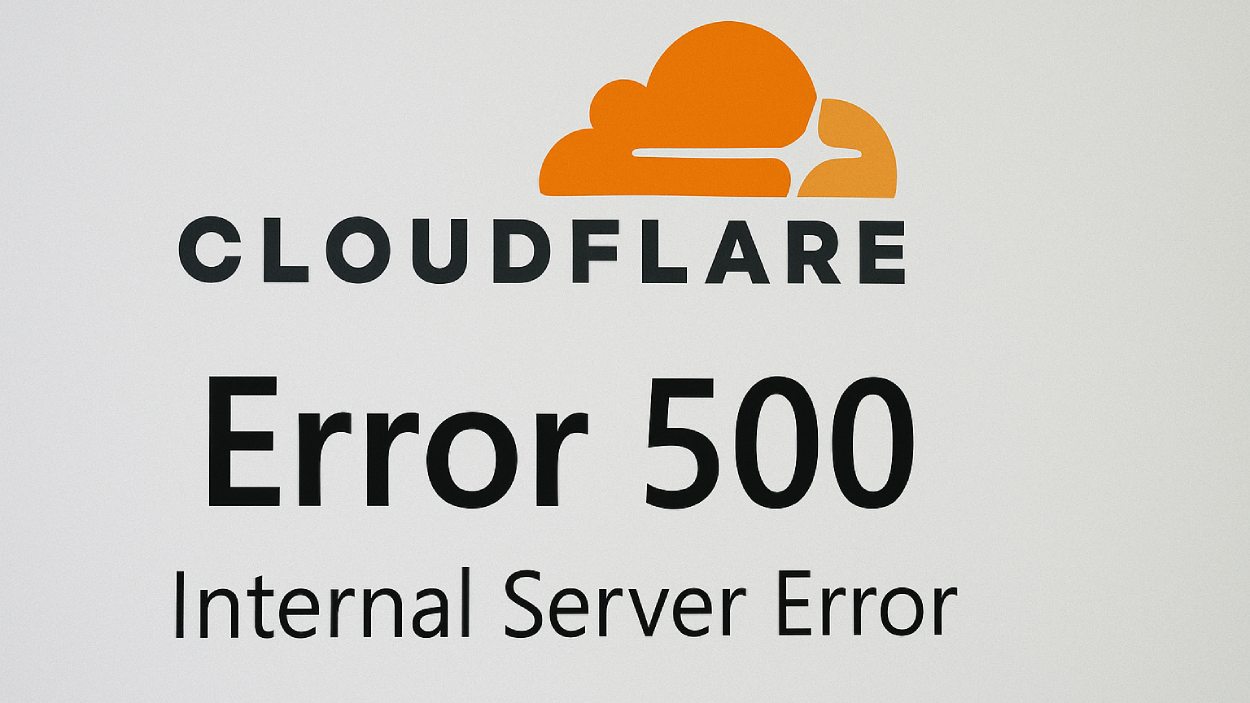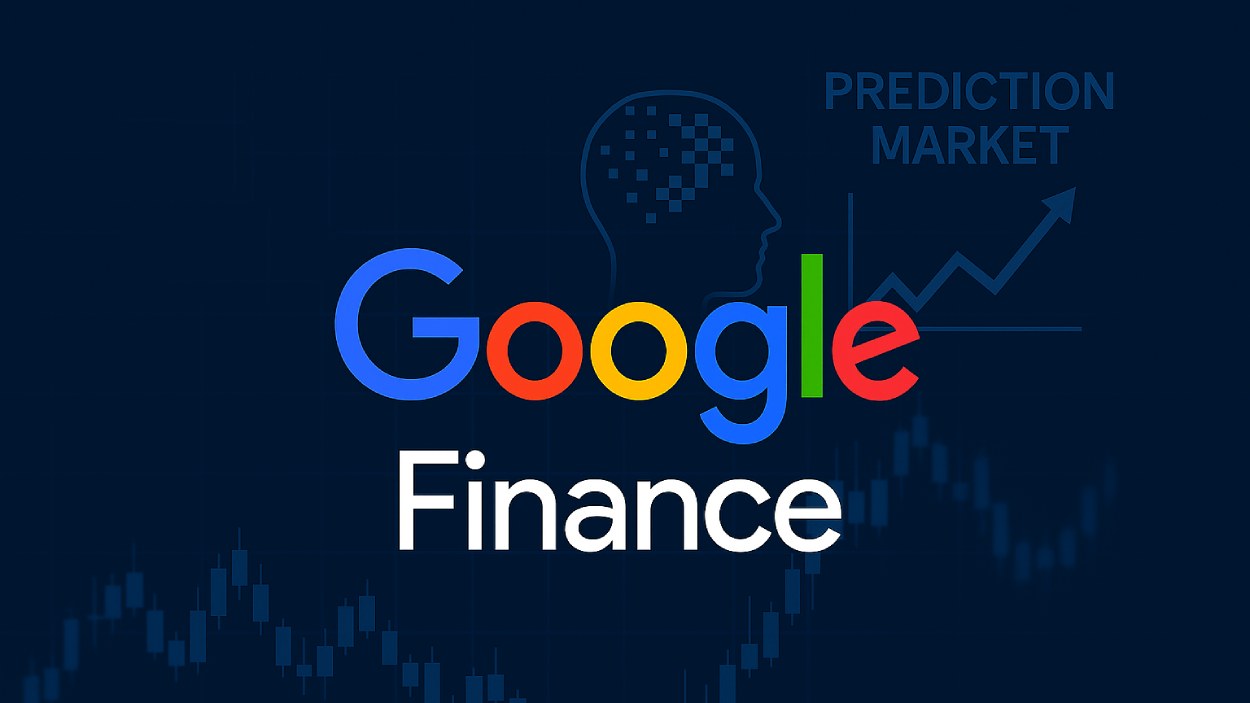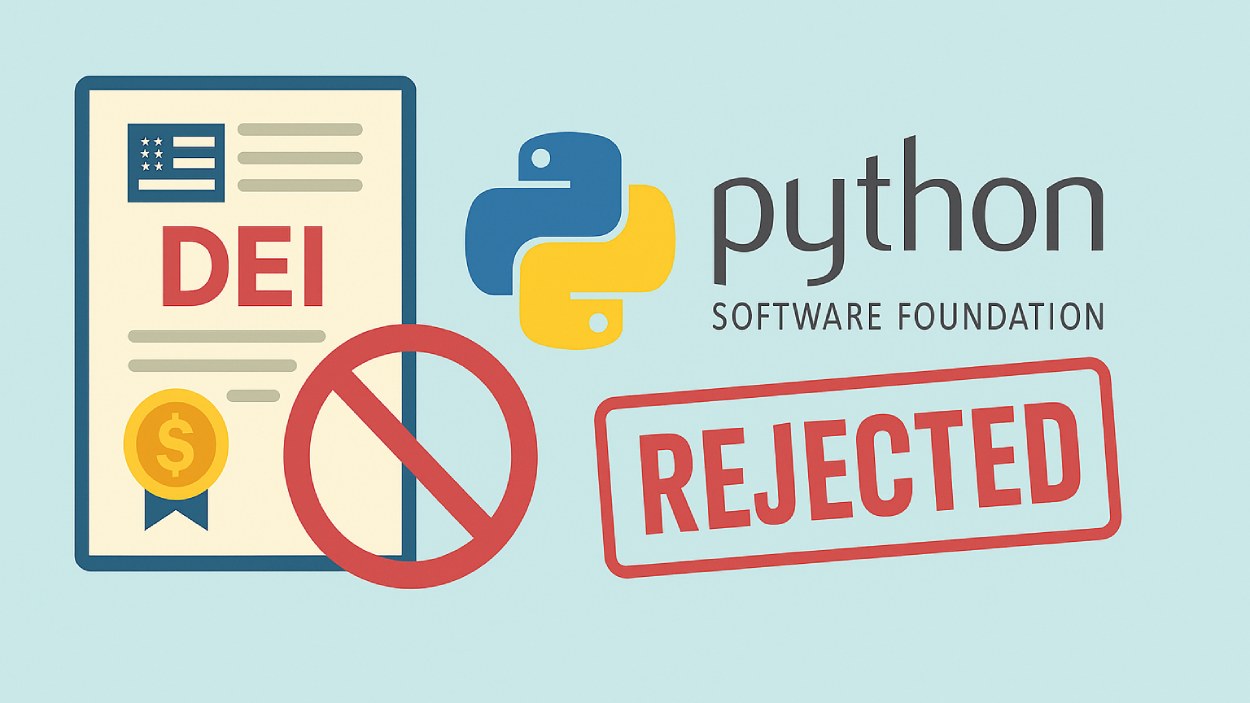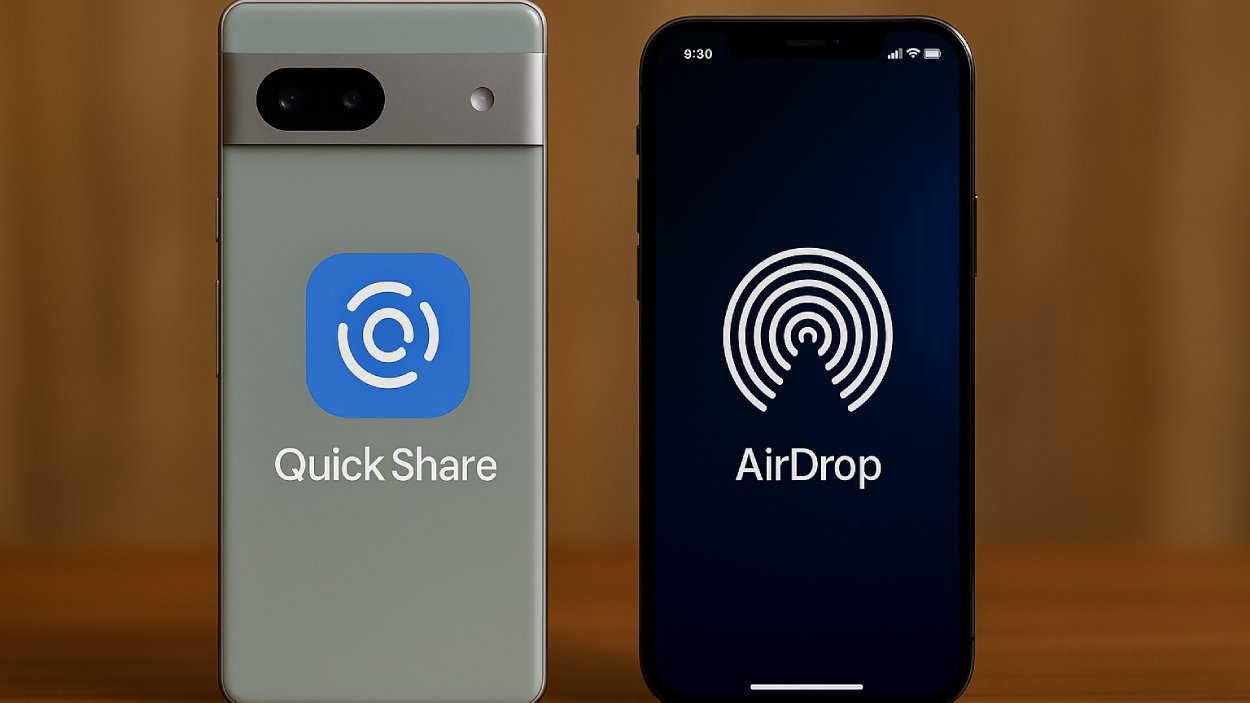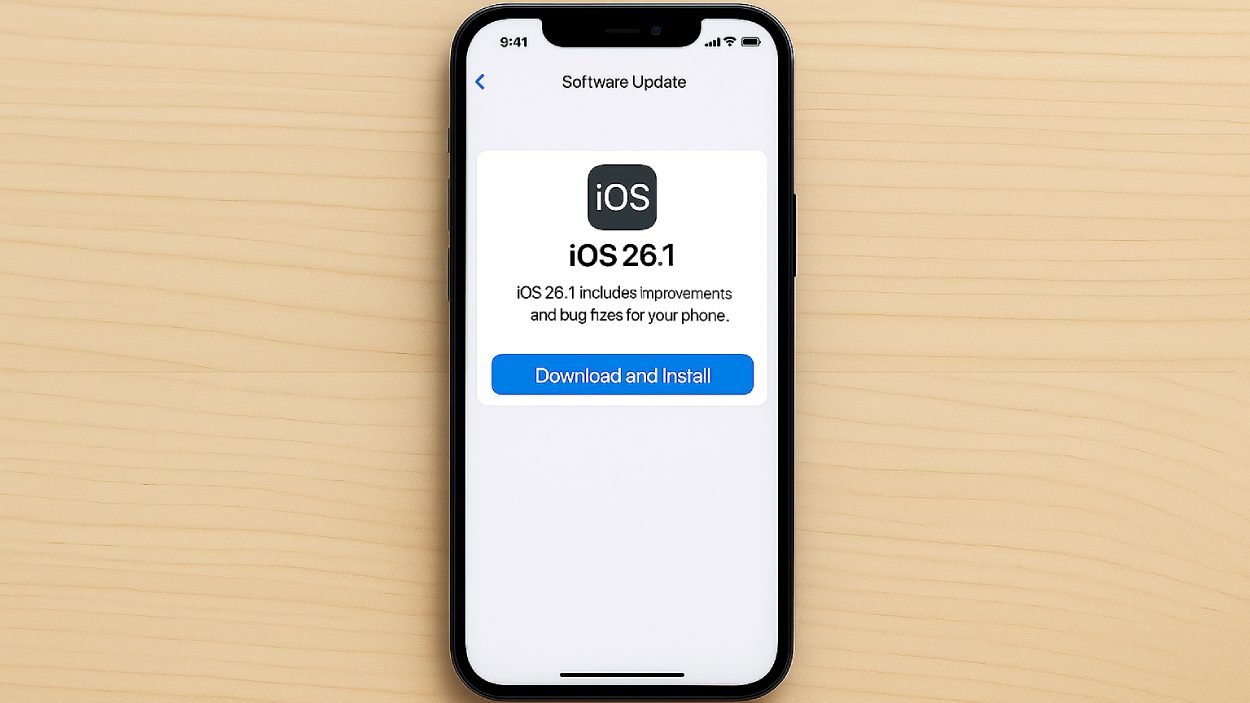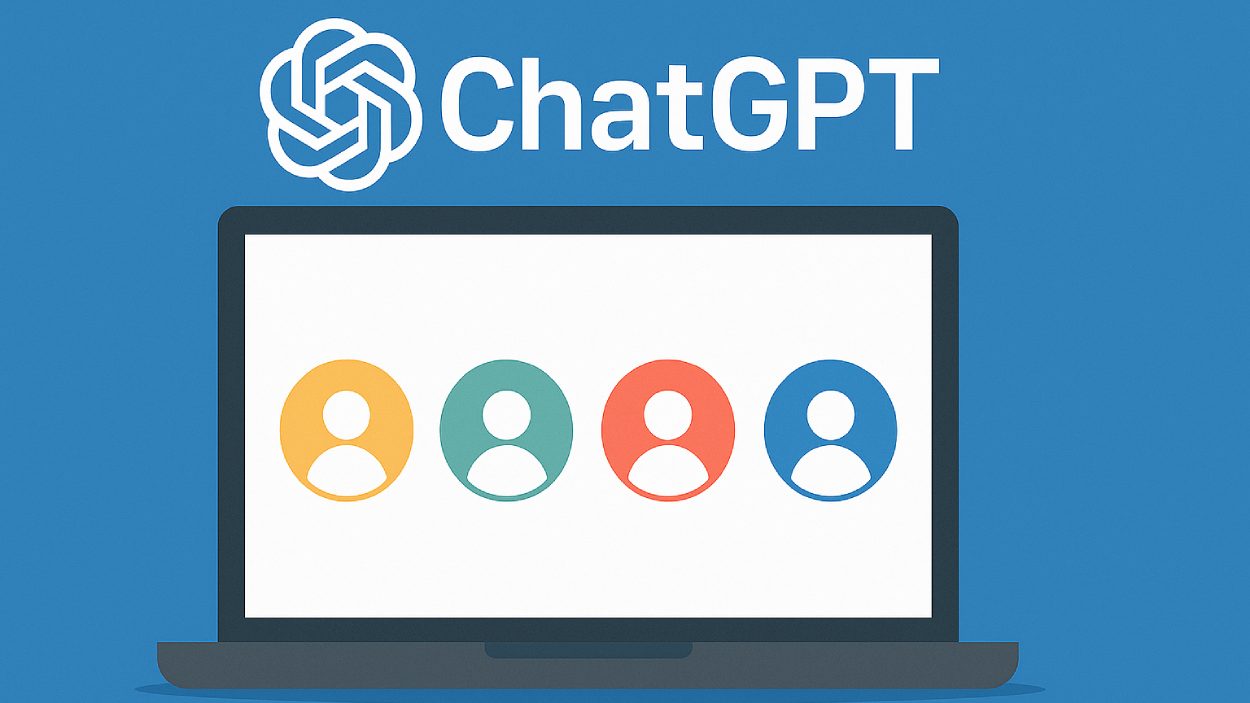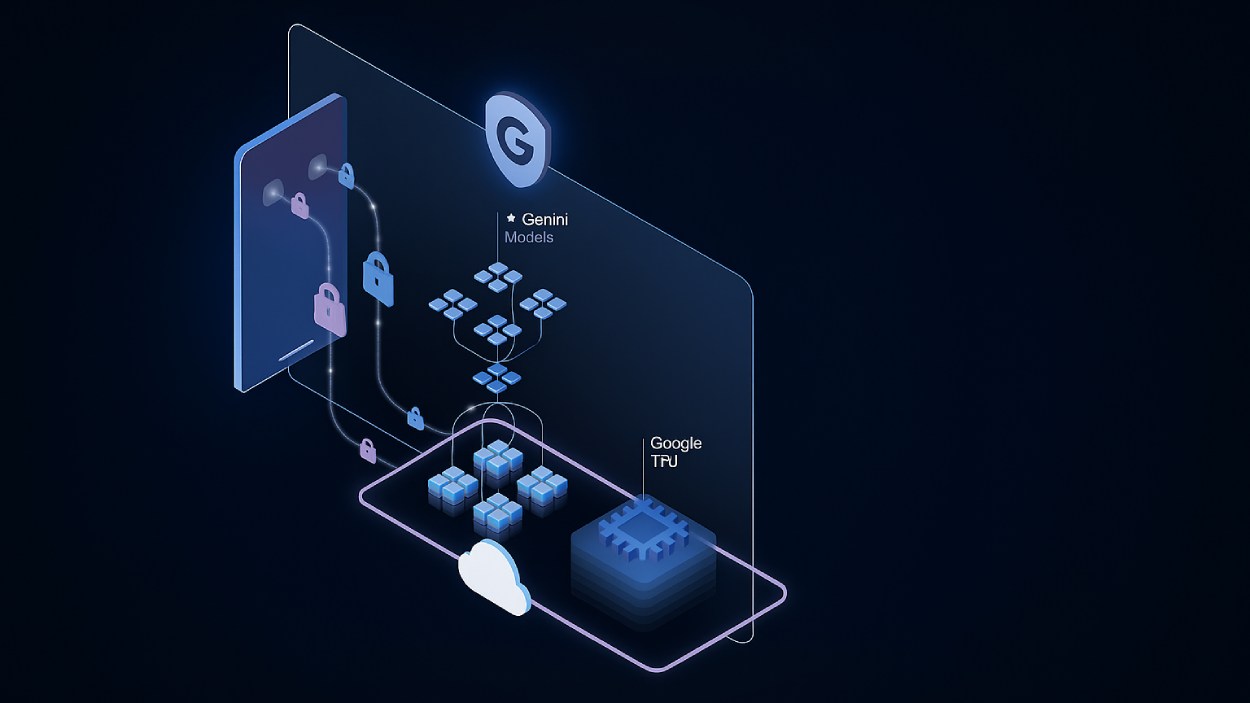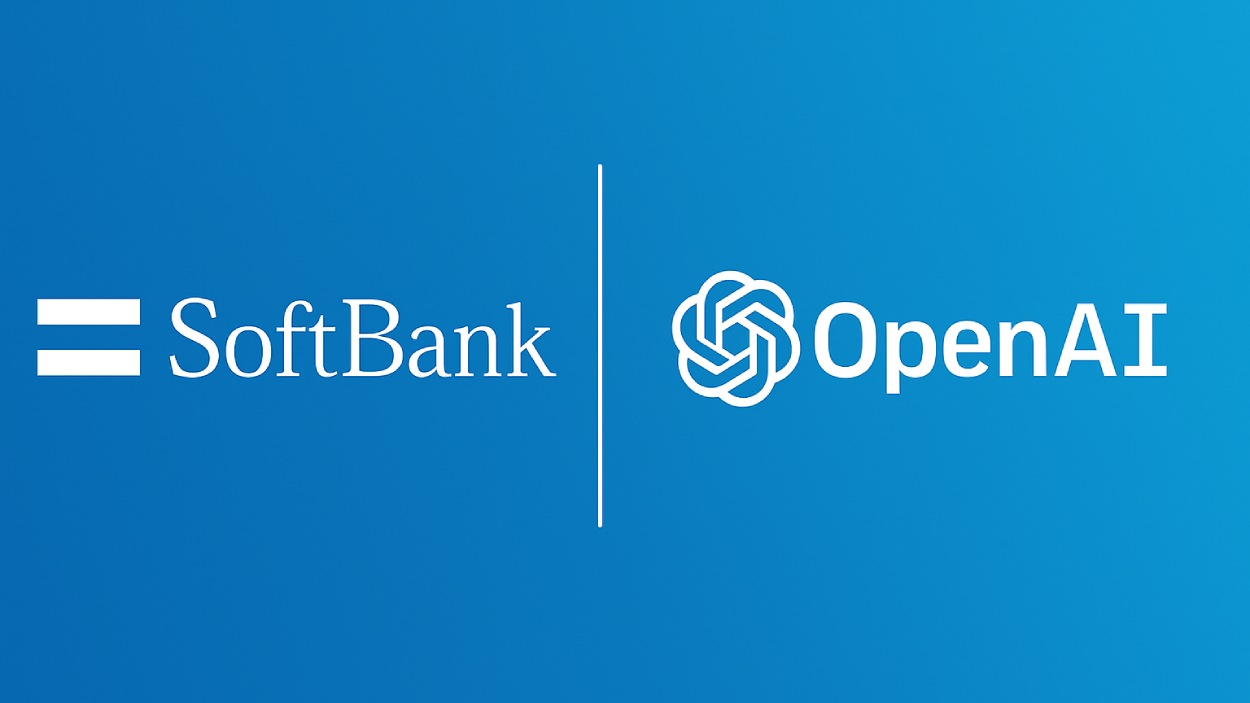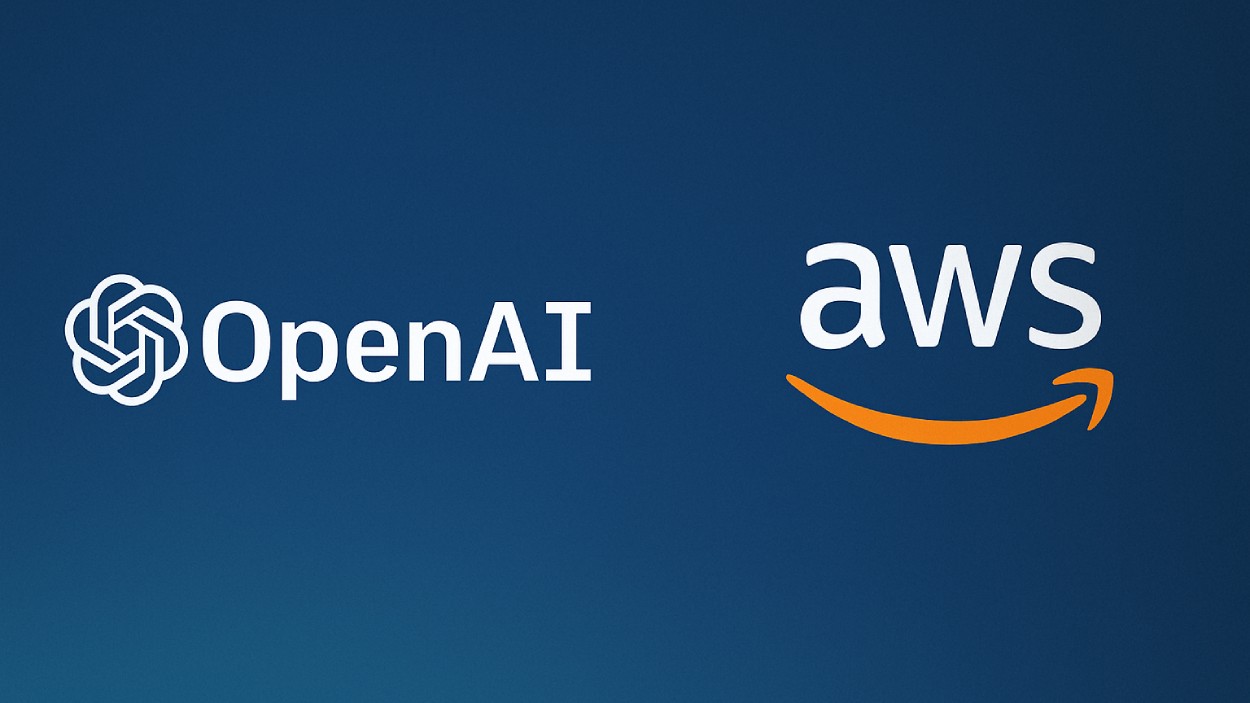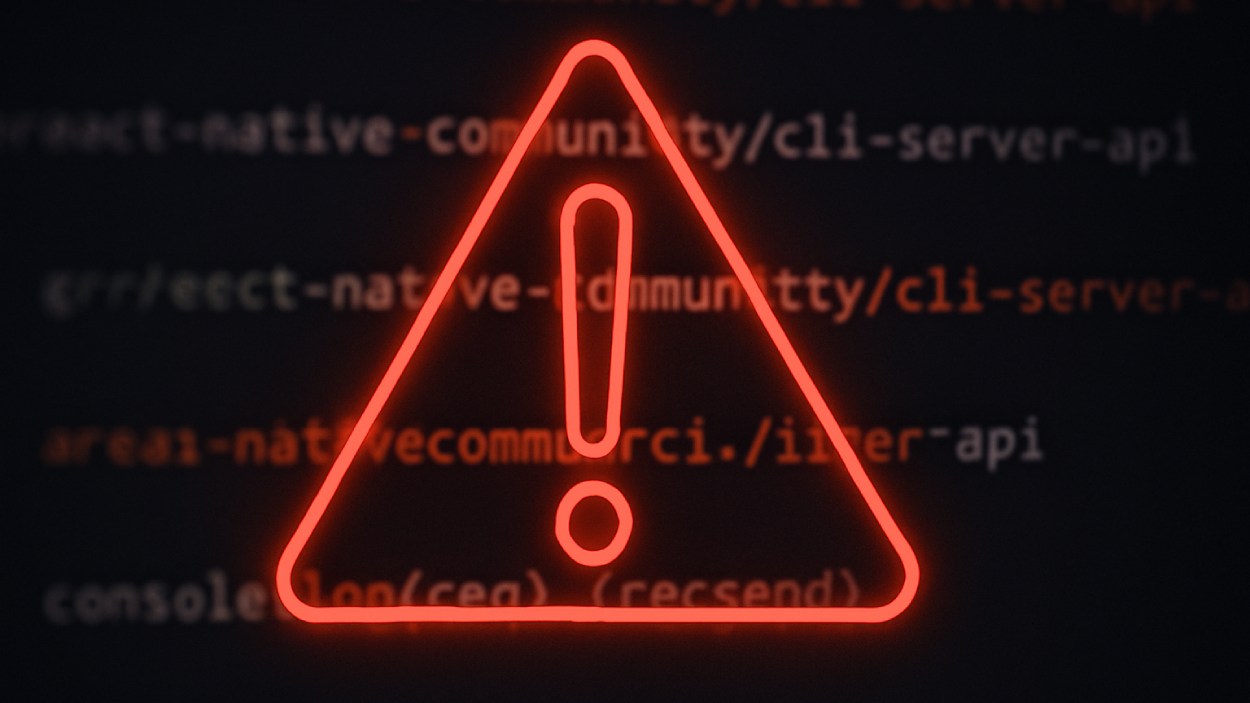AI tools continue expanding across daily life and business. From personalized learning to automated workflows, they fuel efficiency and reshape how people work. In healthcare, AI assists doctors in diagnostics, and in banking, it automates routine transactions and customer support. Readers can dive deeper into how AI is moving from concept to impact. Explore the full article to follow the journey.
Editor’s Choice
- 700 million weekly active users now engage with ChatGPT, a 4× increase year-over-year.
- 86% of global consumers used at least one AI-powered service in the past month.
- 78% of organizations deploy AI in at least one function, up from 55% just a year ago.
- 65%→71%: Use of generative AI in business functions rose sharply within months.
- The global AI agents market is set to reach $7.6 billion in 2025, from $5.4 billion in 2024.
- North America leads generative AI adoption with 40% penetration.
- Surveys report between 20–40% of workers actively use AI at work, especially in programming roles.
Recent Developments
- Nvidia is expected to post 53% revenue growth, with investor skepticism around AI payoffs growing.
- MIT reports 95% of firms investing in generative AI see no bottom-line gains yet.
- OpenAI warns of overhype and rollout missteps behind ChatGPT’s latest update.
- Google’s “Nano Banana” image‑editing feature now powers Gemini, enabling advanced editing.
- The UK’s Acas explores AI to resolve workplace disputes, aiming to cut costs by 20%.
- GenAI security complacency grows; 42% of enterprises already deploy these tools, but risks loom large.
- Bank of America is investing $4 billion in AI as part of a $13 billion tech strategy.
- AI use in software development hit 62% among developers, up from 44% last year.
Demographic Breakdown of AI Tool Users
- Developers in the U.S. contributed 30.1% of Python code via AI, higher than Germany (24.3%), France (23.2%), India (21.6%), and others.
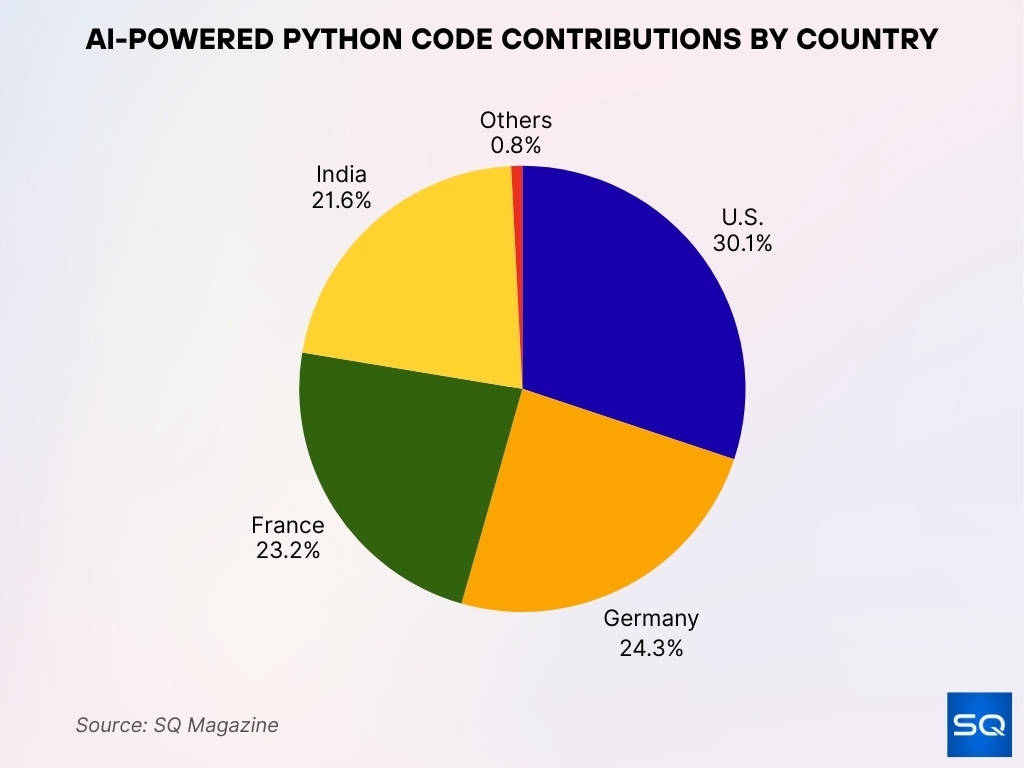
- Academic study: ChatGPT assists in 77% of AI-aided academic writing tasks.
- Students at an elite U.S. college: 80% use generative AI in academic work.
- In programming, moving AI usage to 30% of code correlates with a 2.4% increase in quarterly commits, U.S. productivity gains valued at $9.6–$14.4 billion annually.
AI Tools Adoption Rates
- Organization-level adoption rose from 55% → 78% between early 2024 and 2025.
- Generative AI use climbed from 65% to 71% in business functions.
- Globally, 35% of companies already use AI, 77% are either using or exploring it.
- Over half of firms plan to adopt AI soon.
- Workers report usage rates between 20% and 40%, especially in tech jobs.
- 35.49% of people now use AI tools daily, and 84.6% have increased usage in the past year.
- 86% of global consumers used an AI-powered service within a month.
Global AI Tools Usage Trends
- The AI agents market grew from $5.4 billion (2024) to $7.6 billion (2025), forecast to hit $47.1 billion by 2030.
- North America has the highest adoption at 40%.
- The UK AI market is worth over £21 billion, aiming toward £1 trillion by 2035.
- AI could contribute between $15.7 trillion and $19.9 trillion to the global economy by 2030, depending on adoption rates and policy readiness.
- Electric consumption of data centers rose to 460 terawatt-hours (2022), comparably higher than many countries.
- AI may drive water use between 4.2–6.6 billion cubic meters by 2027, over half the UK’s water withdrawal.
Trust in Companies Collecting Data Through AI Tools
- Only 6% of people say they strongly trust companies using AI tools to collect data.
- Around 27% of respondents somewhat trust these companies.
- The largest share, 35%, neither trusts nor distrusts data collection through AI tools.
- About 21% of individuals feel somewhat distrustful toward companies using AI tools.
- A notable 11% of respondents strongly distrust such practices.
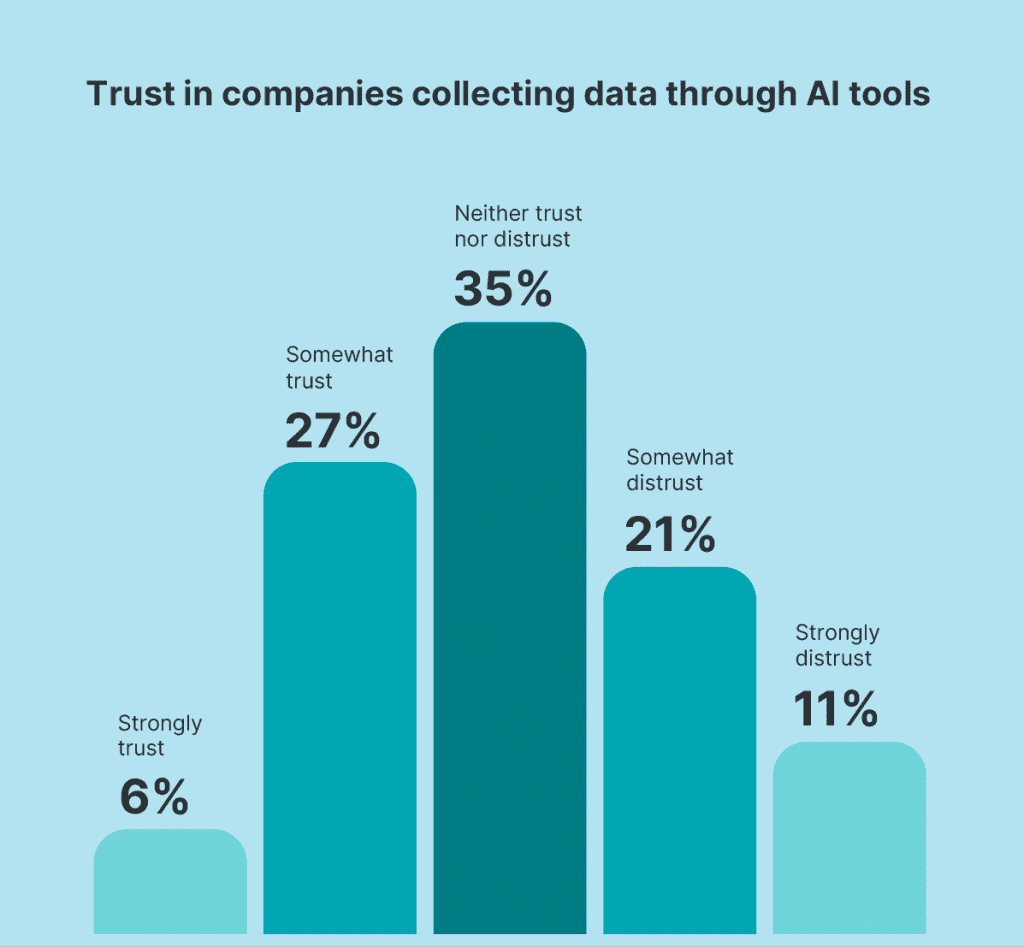
AI Tool Usage by Industry
- 96% of global organizations have adopted AI, though many struggle to unlock its full impact due to legacy systems and manual processes.
- Nearly 50% of Fortune 1000 companies fully integrate AI into workflows and products.
- Use of AI is highest among managers in the U.S., 33% frequently use it, versus 16% of frontline staff.
- AI adoption by industry varies: tech (50%), professional services (34%), and finance (32%).
- In India, a striking 93% of business leaders plan to deploy AI agents within 12–18 months.
- Market-specific AI gains: In Brazil’s industrial sector, 16.9% of medium/large firms used AI in 2022.
- Among Brazilian industrial companies using AI, deployment is highest in admin (73.8%), then product development (65.9%), operations (65.1%), production (56.4%), and logistics (48.4%).
AI Integration in Business Operations
- Generative AI adopters see an average ROI of 3.7× per $1 invested, and financial services see up to 4.2× returns.
- 72% of companies use generative AI for more than one business function.
- 47% of U.S. executives report productivity gains from generative AI.
- 60% of firms have created policies for responsible generative AI use.
- Some industries resist; only 10% of companies with $1B–$5B revenue fully integrate generative AI.
- The generative AI market is set to grow at a 46% CAGR, reaching $356 billion by 2030.
- By 2030, AI investments may contribute a cumulative $19.9 trillion to the global economy, 3.5% of GDP.
Reasons Students Are Not Using AI Agents
- A large 83% of students said they are not interested in using AI agents.
- About 64% avoid AI agents due to untrustworthy information.
- Around 55% feel they are not knowledgeable enough about AI to use it.
- Nearly 25% cited other reasons for not using AI agents.
- Roughly 23% of students reported that they are not allowed to use AI tools.
- Only 15% said they don’t have access to AI agents.
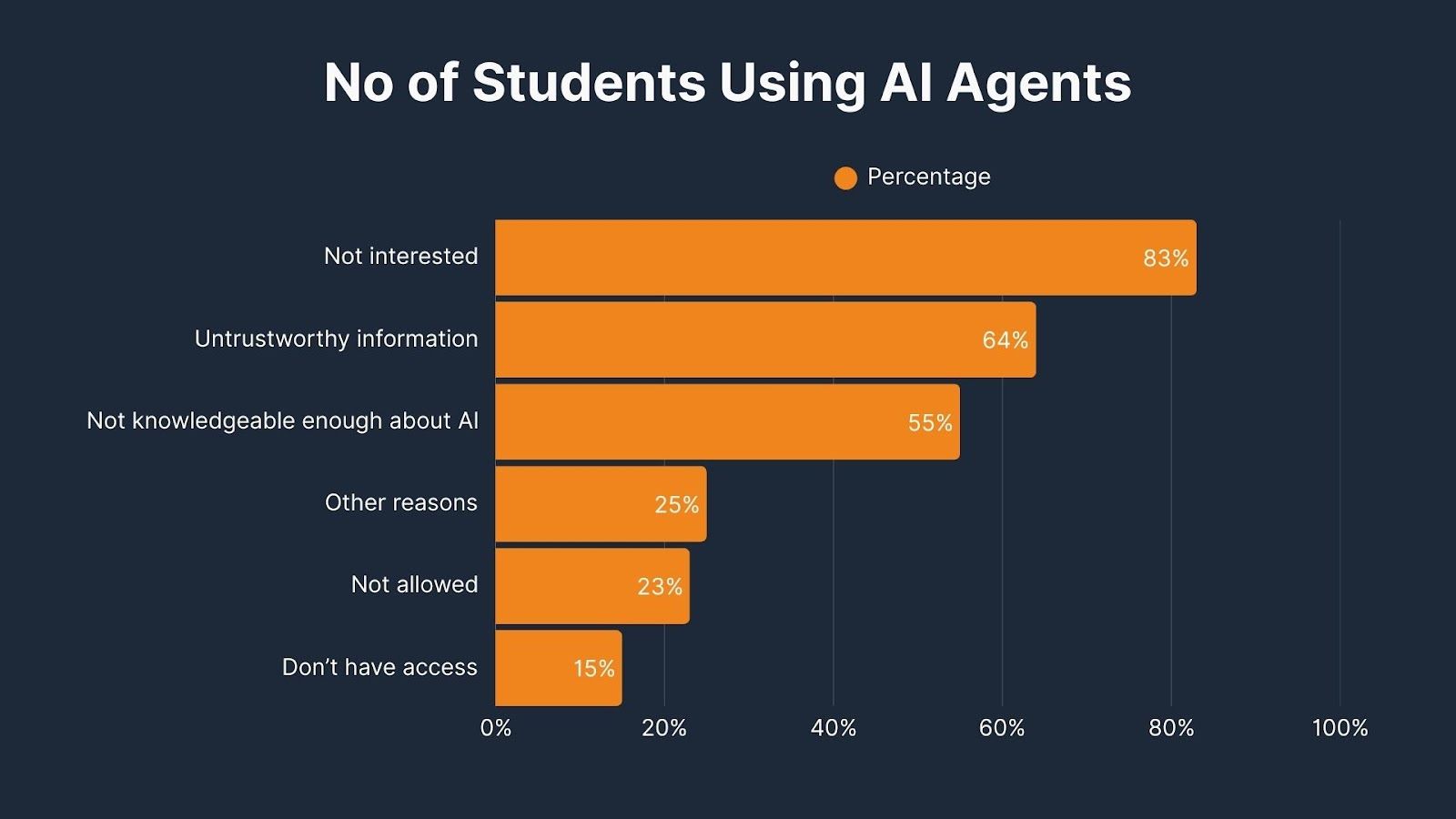
Consumer vs. Business AI Usage
- 60% of users alternate between general AI assistants and specialized tools depending on tasks.
- Among students, 87% use AI for schoolwork, 90% for general tasks.
- Half of college students prioritize learning AI skills, and 62% value responsible AI use.
- Despite usage, 55% feel unclear about guidelines, and 46% fear repercussions from misuse.
- Brainstorming (49%), grammar checks (42%), and concept understanding (41%) are the top tools used among students.
- Among frontline professionals, usage is still modest, 16% for staff vs. 33% among managers.
- AI in customer service sees broad traction; over 70% of CX leaders plan integration across touchpoints by 2026.
Emerging AI Tools and Platforms
- 25% of startups in Y Combinator’s Winter 2025 cohort now have codebases that are 95% AI-generated, illustrating a bold shift in development practices.
- Agentic AI drives real-world automation. Siemens reduced unplanned downtime by 25% using predictive maintenance tools, and JPMorgan deploys “LOXM” for autonomous trading.
- Major generative AI platforms like ChatGPT, AlphaCode, and DALL‑E 2 are gaining traction across industries.
- Gartner notes 44% of surveyed organizations are piloting generative AI, and 10% have moved to production, up sharply from early 2023.
- Generative AI investment shows 18.7% year-over-year growth globally, with private funding reaching $33.9 billion in 2024.
- India emerges as a booming AI hub; by 2027, its AI services could reach $17 billion, and it now hosts the largest mobile user base for ChatGPT.
- OpenAI Academy’s launch in India includes training 1 million teachers and supporting 50 startups with API credits, boosting GenAI integration in education and social impact.
Most Trusted AI Tools Among Content Marketers
- ChatGPT leads as the most trusted AI tool, chosen by 77.9% of content marketers.
- Claude ranks second, trusted by 27.5% of marketers.
- Gemini is trusted by 16.3%, showing moderate adoption.
- Perplexity is close behind, with 15.5% of marketers trusting it.
- Other AI tools collectively account for 10.9% of trust among marketers.
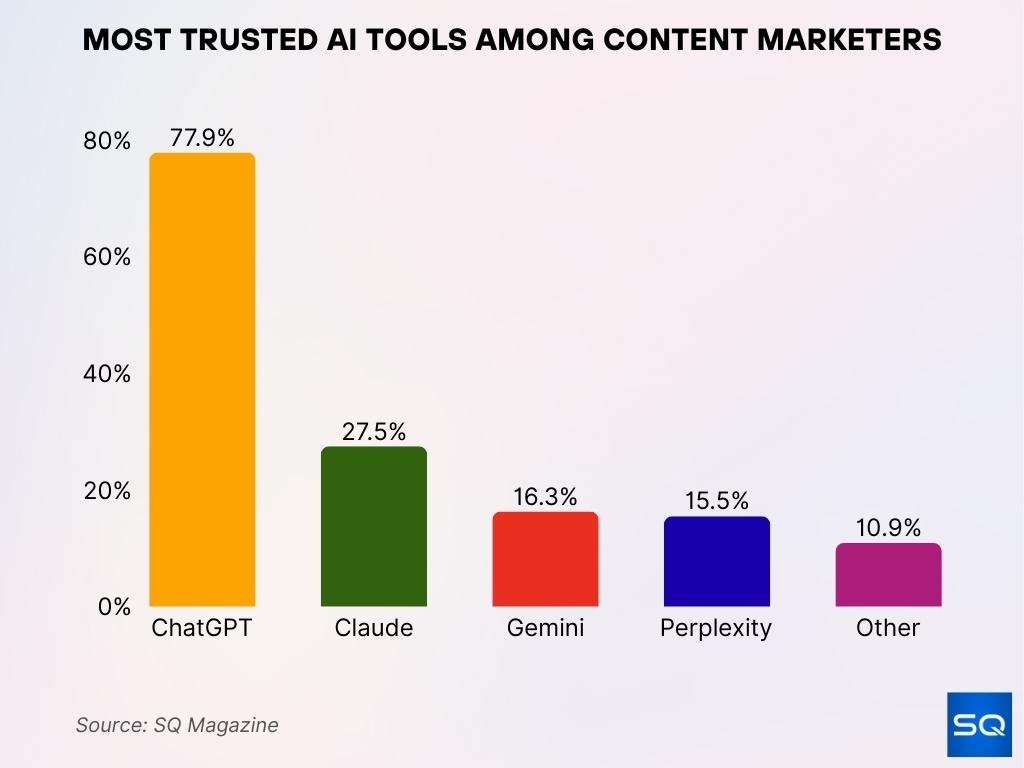
Generative AI Tools Usage Statistics
- ChatGPT now hits 700 million weekly users, a 4× increase year-over-year, accounting for 60% of AI-related web traffic.
- Generative AI users aged 18–64, nearly 40% in the U.S. have used it, 27% engage with it “almost constantly” or several times daily.
- Globally, daily active generative AI users number between 115M and 180M.
- 65% of generative AI users are Millennials or Gen Z, 70% of Gen Z say they use gen AI, and 52% trust it to help decision-making.
- 92% of businesses plan to invest in generative AI over the next three years.
- Developers report 10–30% productivity gains when using generative AI tools.
- Job postings mentioning “GPT” or “ChatGPT” surged 21× on LinkedIn since November 2022, highlighting explosive interest.
Frequency of AI Tool Use
- Globally, 1.7–1.8 billion people have used AI tools, with 500–600 million engaging daily.
- In the U.S., 61% of adults used AI in the past six months, and nearly one in five use it daily.
- Among professional developers, 84% use or plan to use AI tools, and 51% use them daily.
- A global KPMG/University of Melbourne study shows that ~33% of workers use AI weekly, with 57% doing so secretly.
- In the UK, 49% of employees report using AI at work in 2025, 29% continue to do so covertly.
- Among students, 92% in the UK used generative AI in 2025.
- 72% of employees globally, and 92% of Indian employees, regularly use GenAI at work, with India well above average.
Regional Distribution of AI Tool Adoption
- India leads generative AI workplace use at 92%, compared with 72% globally.
- The U.K. saw workplace AI usage rise from 32% (2024) to 49% (2025), with nearly one-third using it secretly.
- In the U.S., private AI investment reached $109.1 billion in 2024, 12× that of China and 24× the U.K.; generative AI alone attracted $33.9 billion.
- Indian AI services could be worth US $17 billion by 2027, supported by widespread mobile adoption and education initiatives.
- Startups using AI-generated codebases appear across geographies, e.g., Y Combinator’s cohort is global yet heavily U.S.-represented.
- In Brazil, 16.9% of large industrial firms use AI, mainly in administration (73.8%), product development (65.9%), and logistics (48.4%).
- In music production, AI-driven revenues are projected to grow 17.2% within a year worldwide.
AI Tools for Data Analysis
- AI tools power breakthroughs in materials science. DeepMind’s GNoME discovered over 2 million new crystal materials with 71% validation success.
- Claude.ai analysis shows ~36% of occupations use AI for at least 25% of tasks, ~57% of those tasks augment human capability vs 43% automated.
- Developers supported by AI produce 2.4% more commits per quarter when usage reaches 30% of coding work.
- Agentic AI helps companies cut downtime and execute finance tasks faster by automating complex workflows.
- Usage of AI for materials discovery shifts research from manual lab work to faster, design-driven investigation.
Impact of AI Tool Usage on Productivity
- Workers using generative AI send 25% fewer emails weekly, saving approximately 3 hours, although meeting time remains unchanged.
- Developers with 30% AI-assisted codewriting achieve 2.4% more commits per quarter in the U.S., worth $9.6–$14.4 billion annually.
- Startups with AI-generated codebases reflect a strong focus on automation and speed in early development cycles.
- In education, student use of AI rose, from 66% to 92%, enabling faster content creation, though concerns about accuracy remain.
- GenAI boosts business workflows; 72% of companies use it across multiple functions, and 47% of U.S. executives report productivity gains.
AI Tools Usage in Healthcare
- Agentic AI could be applied in healthcare for predictive diagnostics and workflow automation, as seen in manufacturing, but precise adoption figures in healthcare remain undisclosed.
- Generative AI’s role in education and materials may imply parallel productivity gains in healthcare training and research, though data is nascent.
AI Tools for Content Creation
- Claude.ai is increasingly popular for writing tasks in economics, education, and software development, though its total share of AI tool usage remains unclear and likely varies across platforms.
- In academic contexts, 77% of AI-assisted writing uses ChatGPT, mainly for improved readability (51%) and grammar checks (22%).
- Generative tools like DALL‑E, ChatGPT, and AlphaCode empower content creation across domains, from narrative to code.
Job Market Impact from AI Tool Adoption
- LinkedIn job postings mentioning GPT or ChatGPT have surged 21× since late 2022, reflecting new demand.
- Developers using AI for coding add $9.6–$14.4 billion in annual value; wider assumptions push this to $64–$96 billion.
- Student AI use is transforming academic work, raising concerns around plagiarism, policy, and AI literacy.
- UK worker secrecy around AI use (29% hiding it) and KPMG findings of 57% concealment show workforce tensions over AI’s role.
- The music industry stands to gain 17.2% in revenue next year via AI-powered creation and production.
Conclusion
AI tools today no longer represent a distant promise; they’re woven into our workflows, classrooms, and creative fields. From daily active users, 500–600 million globally, to organizations deploying generative AI across multiple functions, the impact is clear. Productivity gains emerge across sectors, from 3-hour workweek savings to increased developer output worth billions. Regions from India to the U.S. drive adoption, while content creation and coding remain central applications.
As we move forward, it’s critical to balance innovation with responsibility, ensuring AI supports people, amplifies their work, and remains transparent. The journey is far from over. Explore how AI will reshape our world in full detail in the complete article.

